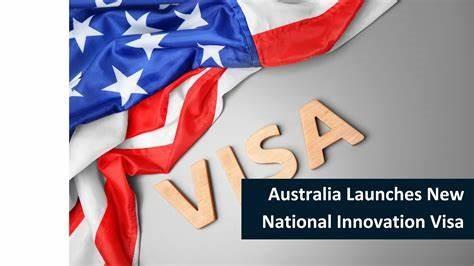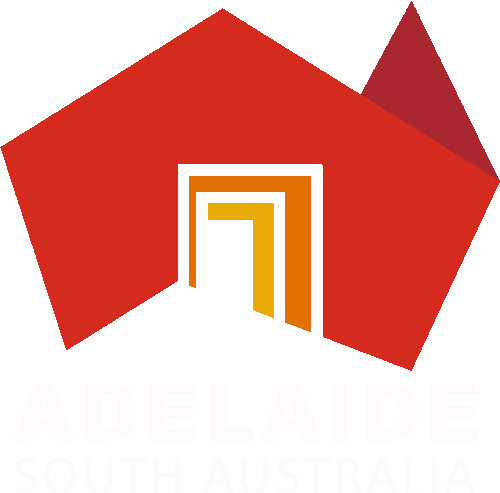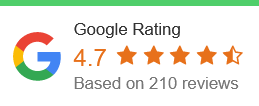The National Innovation Visa (NIV) Subclass 858

June 27, 2025
The National Innovation Visa (NIV) Subclass 858 is Australia's latest permanent visa designed to attract highly talented and exceptionally skilled individuals from around the world. It effectively replaces the previous Global Talent (Subclass 858) visa and the Business Innovation and Investment Program (BIIP) (Subclass 188/888) visa.
While retaining the same subclass number (858) as its predecessor, the NIV introduces some specific changes and a refined focus. Here's a brief description with specifics compared to the previous visas of the same category:
National Innovation Visa (SC 858) - Key Features and Specifics:
- Targeted for High-Calibre Talent: The NIV aims to attract individuals with an "internationally recognised record of exceptional and outstanding achievement" who can make significant contributions to Australia's economy and drive productivity growth.This includes global researchers, entrepreneurs, innovative investors, athletes, and creatives.
- Invitation-Only Process: Applications for the NIV are strictly by invitation only.Prospective applicants must first submit an Expression of Interest (EOI).
- Refined Priority Sectors: The NIV places a heavier emphasis on specific "priority sectors" with a focus on technology and innovation within those areas.These are generally divided into Tier One (e.g., Critical Technologies, Health Industries, Renewables and low emission technologies) and Tier Two (e.g., Agri-food and AgTech, Defence Capabilities and Space, Education, Financial Services and FinTech, Infrastructure and Transport, Resources).This is a narrower focus compared to the broader "target sectors" of the Global Talent visa.
EOI Validity and Process Changes:
- 2-year EOI validity: Unlike the previous Global Talent Independent (GTI) program where EOIs were often invited or not invited promptly, NIV EOIs now have a validity period of 2 years.
- More limited EOI form: The NIV EOI form requires less documentation and information upfront compared to the previous GTI EOI.
- Nominator not required for EOI (generally): Under the NIV, a nominator is generally not required at the EOI stage, unless the applicant falls under a specific priority group (e.g., nominated by an expert government agency). A completed Form 1000 from a nominator is required at the time of the full visa application, if invited.
- No Age or Occupation Restrictions (with caveats): Similar to its predecessors, the NIV generally does not have age or occupation restrictions.However, if an applicant is under 18 or 55 years or older, they must demonstrate exceptional benefit to the Australian community.
- Demonstration of "Exceptional Benefit": Applicants need to show how their skills and achievements will significantly benefit Australia. This can include creating jobs, driving research and innovation, enhancing Australia's global standing, or making exceptional contributions to the economy.
- High-Income Threshold: Applicants are generally expected to demonstrate the capacity to earn at or above the Fair Work High Income Threshold (FWHIT), currently around AUD$158,500. This can be evidenced through a job offer, current salary, or recent PhD.
- Nominator Requirements: A nominator (an Australian citizen, permanent resident, eligible New Zealand citizen, or an Australian organization) with a national reputation in the applicant's field is still required for the full visa application.
Compared to Previous Visas (Global Talent (SC 858) and Distinguished Talent (SC 858) - effectively the same visa):
The NIV is essentially an evolution of the Global Talent visa (which itself encompassed the Distinguished Talent stream). The primary differences are a reframed and narrower focus on innovation and specific priority sectors, and changes to the EOI process.
- Global Talent Visa (previous Subclass 858): This visa also targeted individuals with internationally recognized exceptional achievements across a broader range of professions, sports, arts, academia, and research. It had two pathways: the Global Talent pathway (focused on target sectors and high income) and the Distinguished Talent pathway (for exceptional individuals outside the target sectors). The NIV streamlines these into a single program with a more defined innovation focus.
- Distinguished Talent Visa (previously also Subclass 858 or Subclass 124 offshore): This was largely absorbed into the Global Talent visa (Subclass 858) previously. It focused on individuals with outstanding achievements in a profession, sport, the arts, or academia and research, without necessarily needing to align with specific target sectors or a high income threshold. The NIV's emphasis on innovation and specific priority sectors differentiates it from the broader scope of the old Distinguished Talent visa.
In essence, while the NIV retains the core principle of attracting globally recognized talent, it has shifted to a more strategic approach, prioritizing individuals who can contribute directly to Australia's innovation ecosystem and key growth sectors.
For more Information: Please Contact Arctic Tern Migration Solutions
Email : HELP@ATMIGRATE.COM.AU
Website : WWW.ATMIGRATE.COM.AU



